Book Hook: K.Verlag
Book Hook: K.Verlag
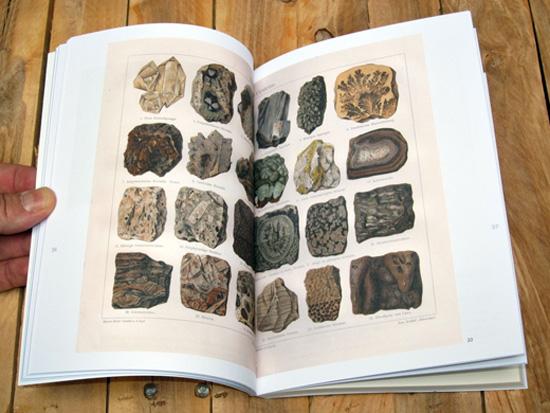
K.Verlag was founded in 2011 in Berlin by Anna-Sophie Springer and Charles Stankievech. Anna-Sophie is an editor, curator, translator, and writer currently editing a book with Hélène Cixous for Merve Verlag, and her academic essay “Volumes: The Book as Exhibition” will be published in the next issue of C Magazine. Charles is an artist, curator, and founding faculty member of the Yukon School of Visual Arts in Dawson City, Canada and is taking part in the exhibition Drifting at Haus der Kulturen der Welt opening on December 14th.
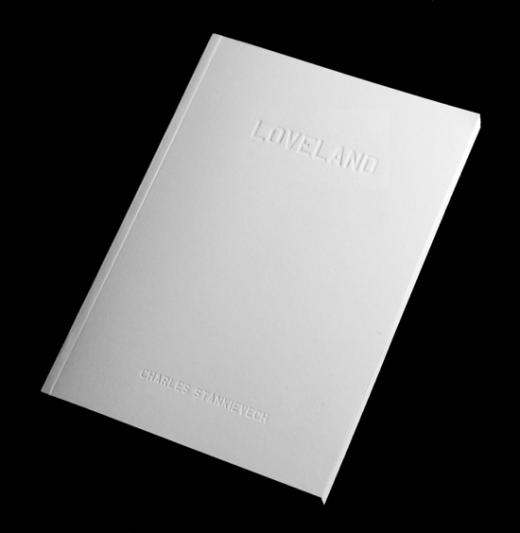
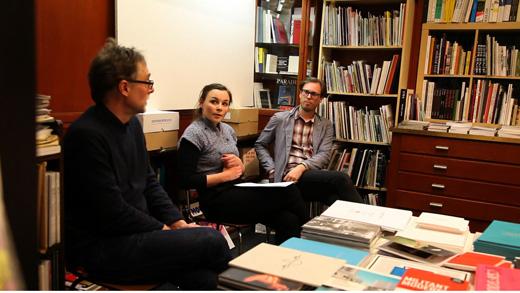
Mark von Schlegell, Anna-Sophie Springer, Charles Stankievech: public discussion at Motto, December 2011
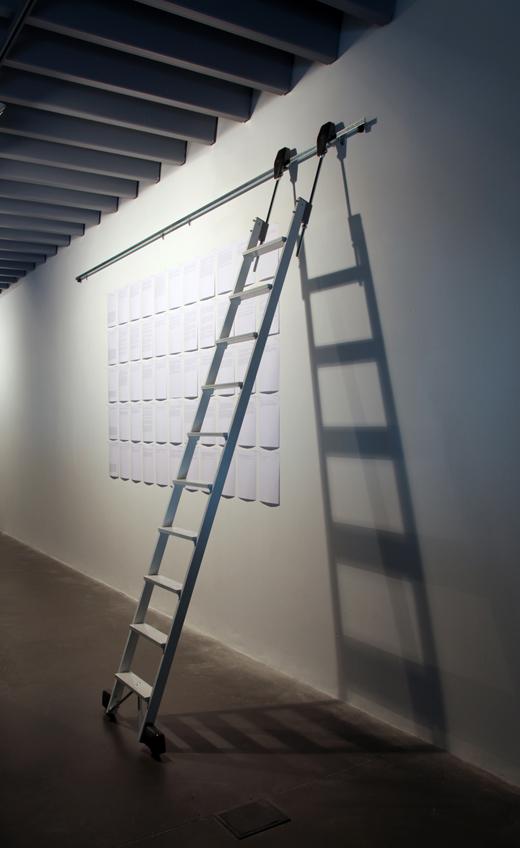
TRAVERSALS (With Ladder), installation view, 5x5Castelló2011, Espai d'art contemporani de Castelló, Spain, 2011
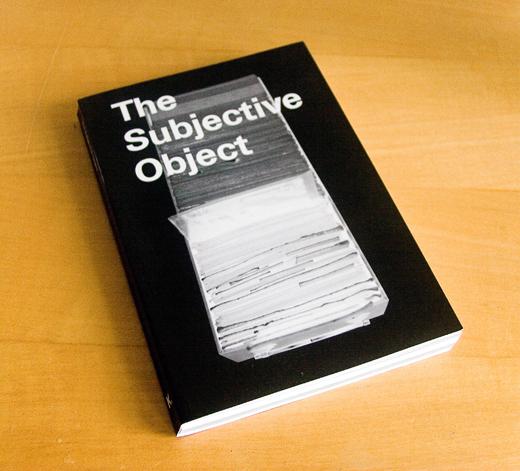
The Subjective Object, 2012
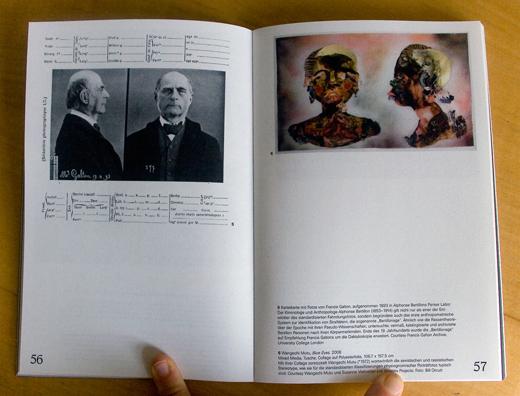
The Subjective Object, 2012